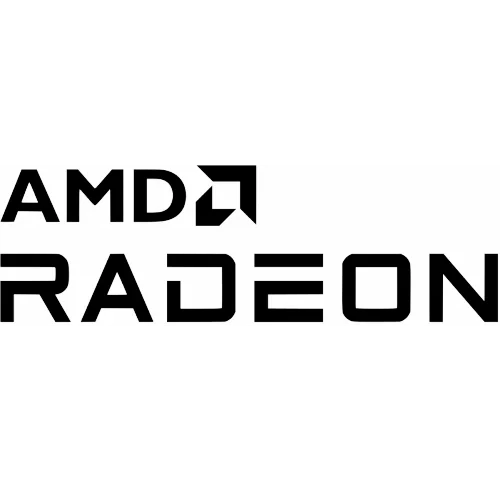How Far The Radeon Gallium3D Driver Has Come In Five Years

It was on 23 July 2010 that the glxgears milestone was reached for R600g and it was quite a big moment for the open-source AMD driver. Up to that point the Radeon HD 2000/3000/4000 series open-source support was still going into the "R600c" classic (non-Gallium3D) driver that has since been removed from the Mesa code-base.
Five years ago today, R600 Gallium3D didn't even have a real shader compiler, lacked support for primitive features like textures, stenciles, and tiling. It also lacked important features like Hyper-Z, and much more. Fast forward to today, the R600 Gallium3D driver is closely trailing the Catalyst proprietary driver and is at the stage of supporting OpenGL 4.0~4.2.
The R600 Gallium3D driver still sees new development but the primary focus by AMD these days is around the RadeonSI Gallium3D driver for supporting the Radeon HD 7000 series hardware and newer (all GCN GPUs). RadeonSI is also nearly as mature as Catalyst and its performance is becoming competitive. With RadeonSI beginning to support OpenGL 4.0~4.2, more Linux games will be playable on this open-source driver.
It's been a while ride for the open-source AMD stack and the future has never looked brighter! What's been your favorite moment and what are you looking forward to next? Personally I'm looking forward to more work on the kernel side around the new AMDGPU DRM driver with currently missing functionality like power management for Tonga. I'm also looking forward to the open-source AMD R9 Fury "Fiji" open-source support hopefully coming sooner rather than later. On the user-space side, it will be nice when the open-source AMD support for OpenCL/HSA has further matured and become more useful -- along with more open-source programs taking advantage of GPU compute capabilities.
As always, daily Git benchmarks of the newest Mesa/kernel code are done daily in a fully-automated manner on our LinuxBenchmarking.com project.
36 Comments

